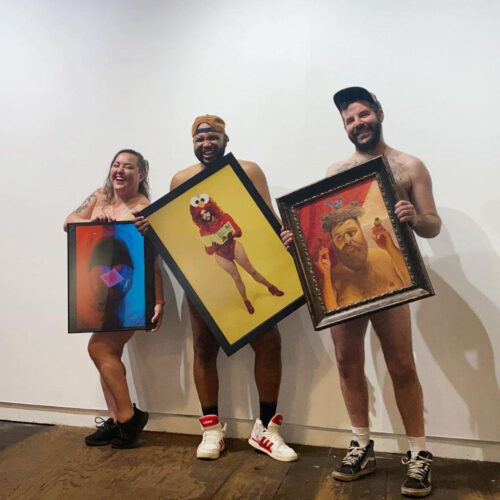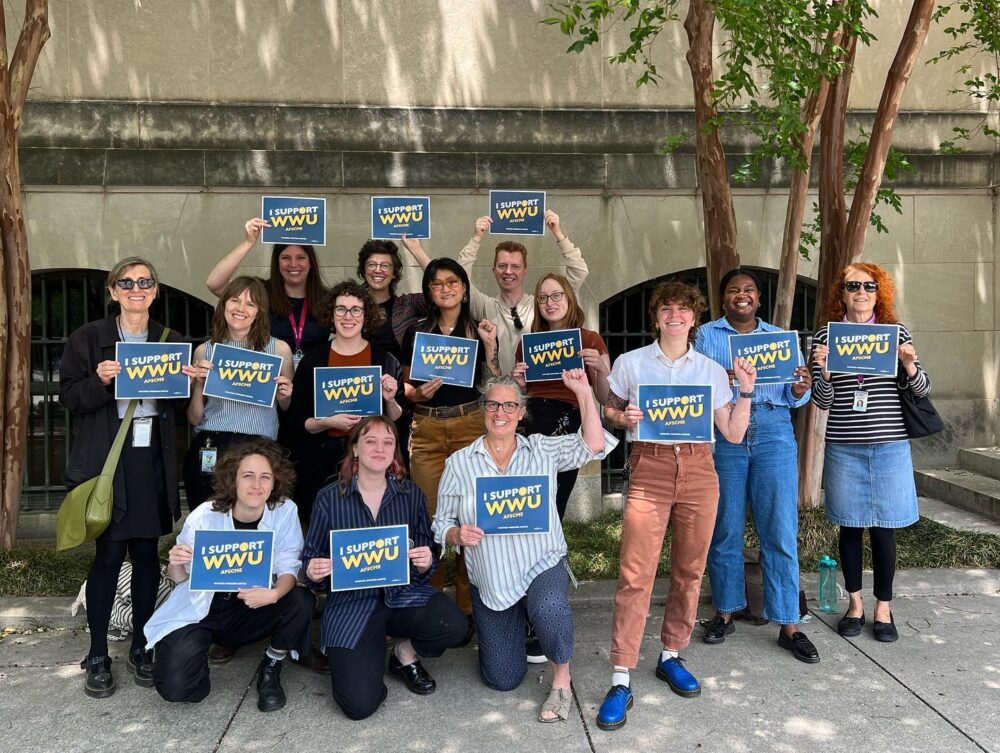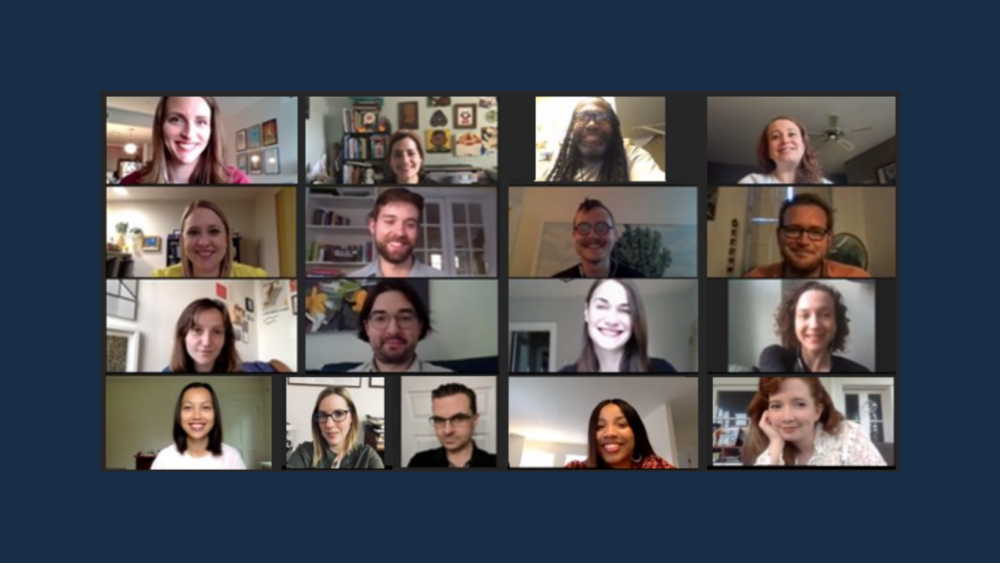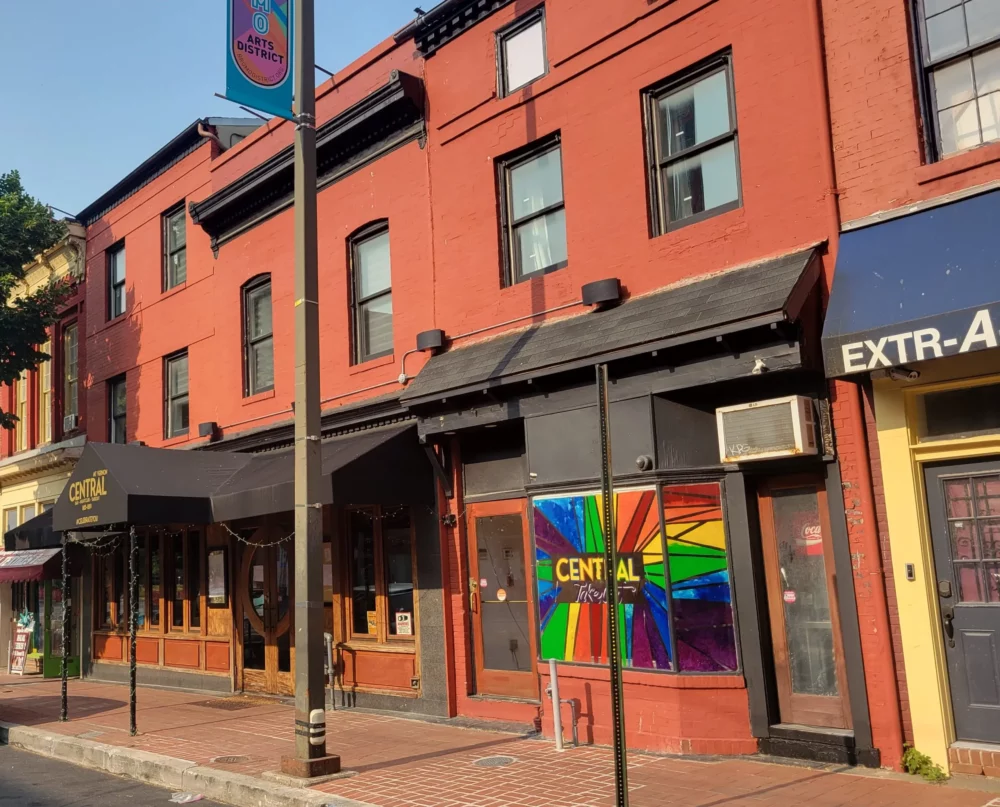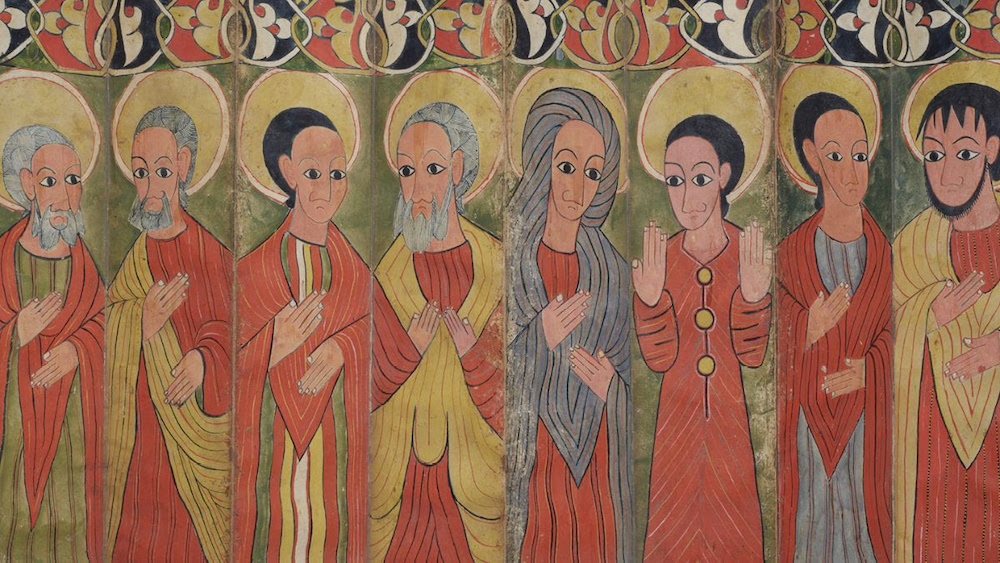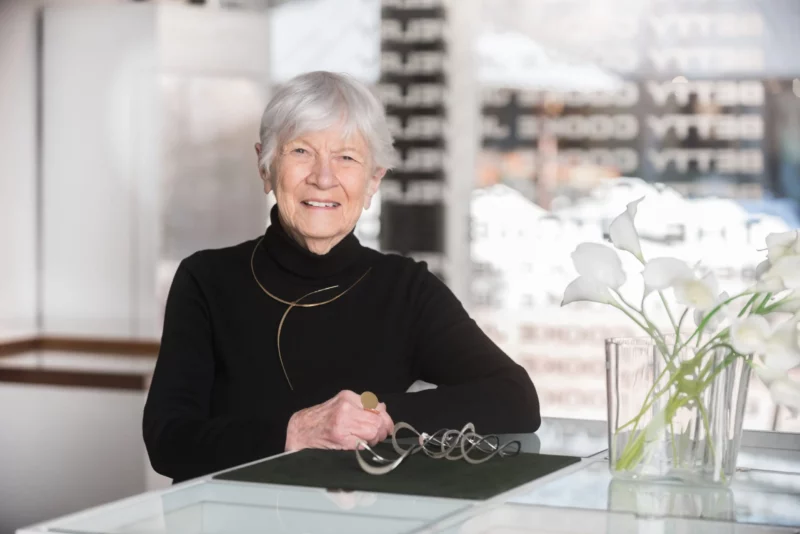Ethiopia at the Crossroads debuts December 2023 at the Walters Art Museum
Press Release :: June 21
On December 3, the Walters Art Museum debuts Ethiopia at the Crossroads, an extraordinary display of Ethiopian art exploring over 1,750 years of Ethiopian culture and history through over 225 objects. Co-organized by the Walters Art Museum, the Peabody Essex Museum, and the Toledo Museum of Art, Ethiopia at the Crossroads is the first major art exhibition in America to examine an array of Ethiopian cultural and artistic traditions—from their origins to the present day—and to chart the ways in which engaging with surrounding cultures manifested in Ethiopian artistic practices. The Walters, which holds one of the most extensive collections of Ethiopian art outside of Ethiopia, is uniquely suited to explore this artistic, cultural, and religious history.
Ethiopia at the Crossroads delves into Ethiopian art as reflective of the nation’s notable history, including its status as an early adopter of Christianity, and demonstrates its enormous cultural significance through the themes of cross-cultural exchange. In particular, the exhibition traces the creation and movement of art objects, styles, and materials into and out of Ethiopia, whether across the Red Sea, the Arabian Sea, and the Indian Ocean, or within the African continent, including across the Sahel and along the Mediterranean coast.
Ethiopia at the Crossroads moves beyond the traditional Western perceptions of Ethiopian culture and re-centers both our understanding of the country’s significant artistic traditions and its connections to the wider world. This exhibition demonstrates Ethiopia’s foundational role in world culture, religion, and the humanities, while illuminating the specific ways in which Ethiopian artists and communities encountered and exchanged ideas with other cultures near and far,” said Julia Marciari-Alexander, Andrea B. and John H. Laporte Director. “Over the last three decades the Walters has built the most important collection of Ethiopian art outside of that nation, devoted curatorial resources to explore this collection area, and invested in conservation research and treatment for these objects. This new exhibition is the culmination of this long-term investment, an outstanding opportunity to share these remarkable works with our community, including the significant Ethiopian diaspora community in the Baltimore/Washington, DC area.”
The exhibition features objects drawn from the Walters’ collection of Ethiopian art augmented with loans from other American, Ethiopian, and European lenders. Visitors will see painted Christian icons, church wall paintings, illuminated manuscripts, healing scrolls, metalwork crosses, coins, colorful basketry, ancient stone and 20th-century wood sculpture, contemporary artworks, and more.
“Much of the history of the Ethiopian nation can be understood through its art and related objects, telling the story of a nation whose rulers and priests expressed their royal ideals and religious beliefs through coinage, painted icons, objects used in corporate worship or personal devotion, and luxury copies of religious texts, while responding to contacts with people from Africa, Europe, and Asia,” said Christine Sciacca, Curator of European Art, 300–1400 CE. “From the 4th century to the present day, Ethiopian artists have developed distinctive traditions while drawing upon those learned from the cultures and people with whom they interacted, including Coptic Egypt and South Arabia, as well as Byzantium, Armenia, Italy, and India, among others. In the 20th and 21st centuries, artists belonging to Ethiopian diaspora communities in the United States and Europe have built upon this history. By examining these connections between Ethiopia and surrounding cultures, we can better understand the impact and artistic legacy of this great African nation.”
Home to over eighty different ethnicities and religious groups, a large portion of the historic artistic production in Ethiopia supported one of the three Abrahamic faiths (Judaism, Christianity, and Islam), all of which have early roots in Ethiopia. As one of the oldest Christian kingdoms, Ethiopian artists produced icons, wall paintings, crosses of various scales, and illuminated manuscripts to support this religious tradition and its liturgy. Visitors will learn the great religious significance of prayers to and images of the Virgin Mary, which were developed during this period under the patronage of Zar’a Ya’qob (1434-68). Bronze processional crosses and some of the earliest surviving illuminated manuscripts from Ethiopia are also on view. Other areas of the exhibition detail the Ethiopian relationship with other ancient Christian cultures, the arrival of Islam in Ethiopia in the prophet Muhammad’s lifetime, and the expansion of the local Christian culture between the 12th and 14th centuries.
Ethiopia at the Crossroads also offers insight into secular objects produced and utilized by Ethiopians. The earliest surviving objects from Ethiopia in the exhibition are the coins minted by generations of Aksumite rulers. In a new approach to this material, the study of the images that appear on these coins help characterize these rulers’ self-fashioning and self-representation. Well-established Indian Ocean trade routes were utilized for the import of textiles from the East. Often, textiles were incorporated into manuscript bindings and used to protect their illustrated pages. In other cases, locally produced fabrics were used to make garments, such as a royal cloak made of black velveteen and decorated with gold embroidery and sequins that belonged to Emperor Haile Selassie (1892-1975).
Works by living artists are integrated throughout the space and juxtaposed with the historic works to help visitors comprehend and connect with the multiplicity of cultures and histories presented. The exhibition considers the tangible effect the historic artworks have on contemporary Ethiopian artists, who often engage with historical artworks, frequently incorporating their themes, motifs, and stylistic features in varying degrees.
In 1993, the museum mounted African Zion: The Sacred Art of Ethiopia, the first major exhibition on Ethiopian art in America, which traveled to seven additional venues across the United States. After this landmark display, the Walters recognized not just an opportunity but an obligation to better serve the Ethiopian community in the Baltimore/Washington, DC area. Thanks to the diligent scholarship of Walters curators and conservators and several hundred acquisitions, the Walters arrives at this present moment in its 90-year history with an extensive collection of Ethiopian art objects and a unique approach to sharing the stories contained within them.
Ethiopia at the Crossroads is curated by Christine Sciacca, Curator of European Art, 300–1400 CE at the Walters Art Museum. The exhibition opens at the Walters on December 3, 2023, and is on view through March 3, 2024. The exhibition will travel to the Peabody Essex Museum April 14–July 7, 2024, and to the Toledo Museum of Art August 18–November 10, 2024.
An illustrated catalogue, edited by Sciacca and published by the Walters, will accompany the exhibition, along with a robust schedule of programs.
This Exhibition is co-organized by the Walters Art Museum, Peabody Essex Museum, and the Toledo Museum of Art.
Ethiopia at the Crossroads has been made possible in part by Exhibition Planning and Implementation Grants from the National Endowment for the Humanities: Democracy demands wisdom.
This project is also supported by the Richard C. von Hess Foundation, The Hilde Voss Eliasberg Fund for Exhibitions, contributors to the Gary Vikan Exhibition Endowment Fund, The Walters Women’s Committee Legacy Endowment, Nanci and Ned Feltham, and The International Center of Medieval Art and the Samuel H. Kress Foundation.
Any views, findings, conclusions, or recommendations expressed in this exhibition do not necessarily represent those of the National Endowment for the Humanities.
